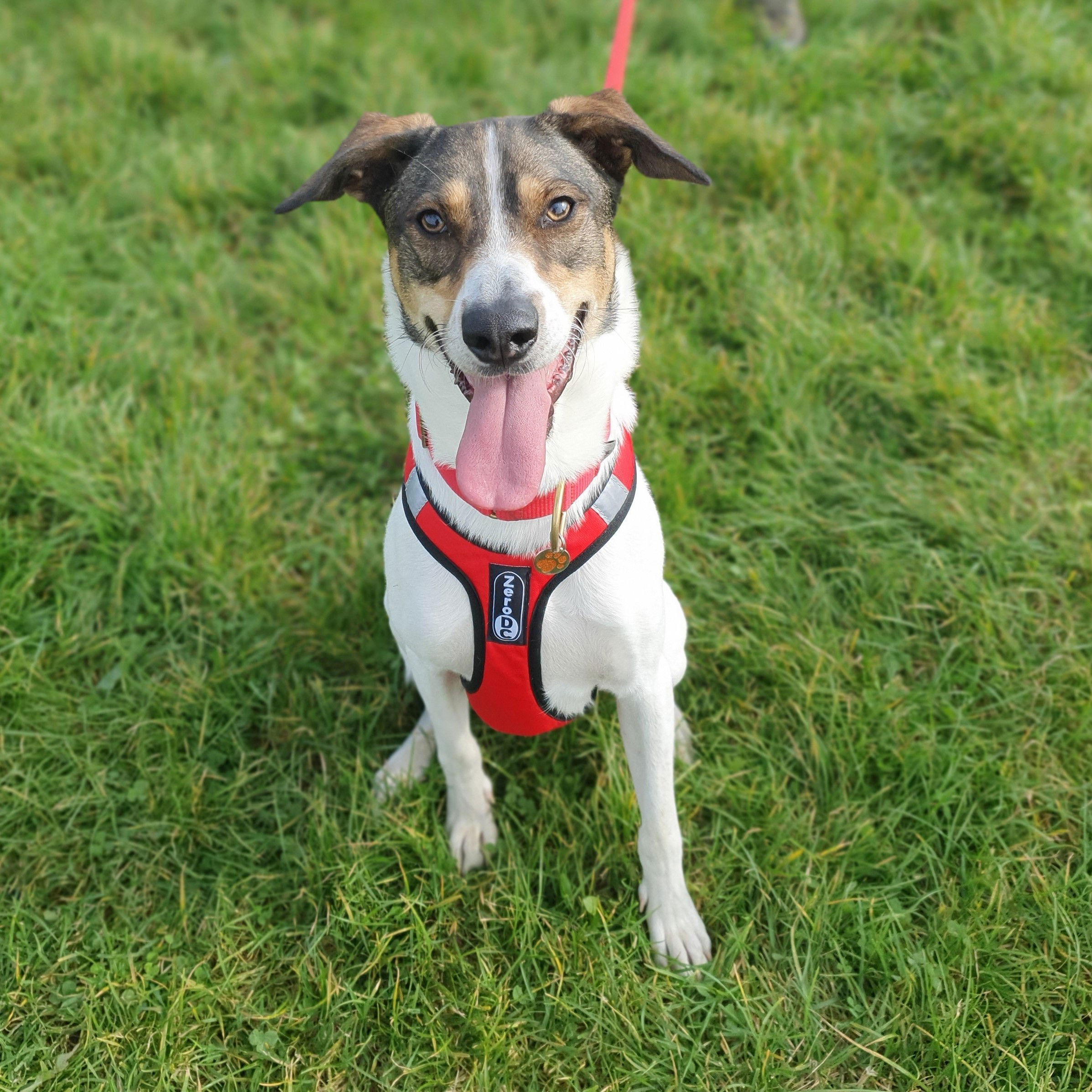Just like humans, dogs also go through a period of adolescence as they transition from puppyhood to adulthood. It can vary with individual dogs and will also depend on the breed of your puppy and its adult size but can start at approximately 5 months for small breeds up to 2 years for giant breeds. It is triggered by the increase hormones such as testosterone in males and oestrogen in females.

This period can be very unsettling for your puppy and may affect your relationship with them.
Adolescence is marked by various physical and behavioural changes including:
- Growth and Physical Changes - during adolescence your puppy’s bodies change quickly, their bodies change shape and may appear gangly or uncoordinated as their limbs grow faster than the rest of their bodies. and they may gain or lose weight.
- Increased Energy - adolescence is often accompanied by a surge in energy levels. Your puppy may become more active, restless, and have a higher need for exercise or mental stimulation. This may include sudden bursts of energy, playful or attention seeking behaviour.
- Sexual Maturity - depending on the breed and individual dog, adolescence may coincide with the start sexual maturity. Male dogs may start scent marking inside and outside the home and displaying mounting or other inappropriate behaviours with people & other dogs. Female dogs may also show changes on the build up to their first fertility season.

- Behavioural Changes - adolescence can bring about changes in a dog's behaviour. It may include increased independence, or they appear less responsive to you. Previous training that was previously solid may seem to be forgotten temporarily.
- Increased Challenging Behaviours - dogs in adolescence may exhibit recurrence in puppy behaviours such as chewing, digging or they may bark more, or exhibiting signs of fear or anxiety that weren’t apparent earlier or they start taking new risks.
- Social Changes – due to the increased hormonal they activity they may start displaying changes in interactions with other dogs. They may appear confident or assertive which may lead to conflicts or challenges. They might also show interest in mating and exhibit more sexual behaviours this happens in both male and female dogs
- Mood Swings - like human teenagers, dogs going through adolescence may experience temporary changes in their mood and personality. They can alternate between being happy, playful, affectionate, and friendly and can quickly become moody, irritable, or challenging.

It's important to note that the onset and duration of adolescence can vary between different breeds and individual dogs.
Spaying or neutering has historically been seen as a way of dealing with the affects of adolescence. This is not now thought of as a fix all procedure and surgical intervention without considering the possible negative emotional and physical affects.
If your dog is experiencing behaviour or development issues during adolescence, consult with a veterinarian or a professional dog trainer or behaviourist who offers gentle, rewarding & pain free methods for guidance and support.
If you would like personalised advice and assistance for your adolescent dog
Click Here to contact Gill at Speaking Puppy & Adolescent Dog training programmes
gill@speakingpuppy.co.uk
07595 217299